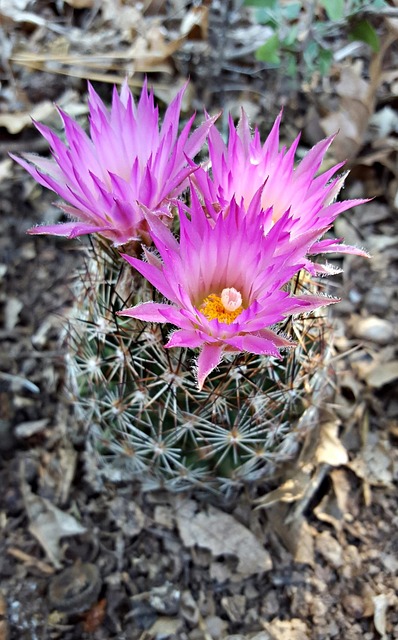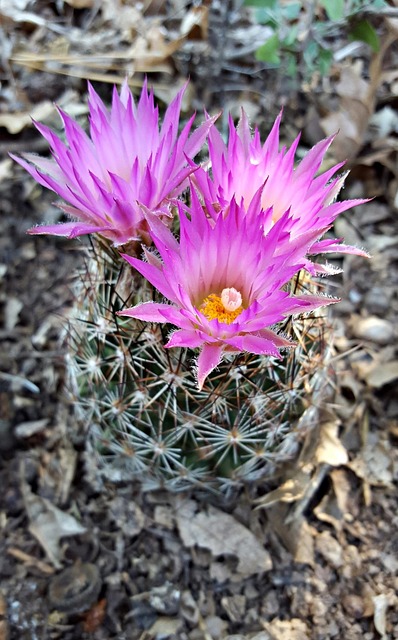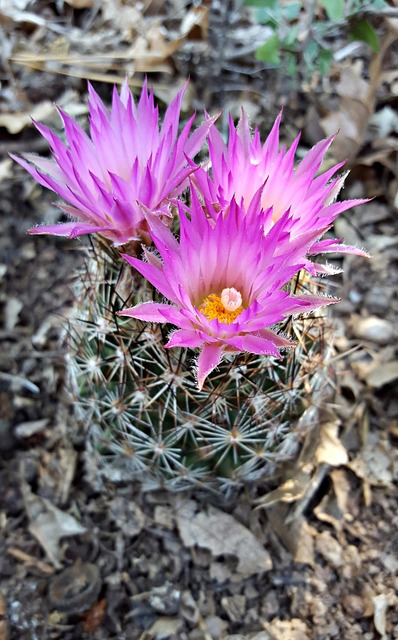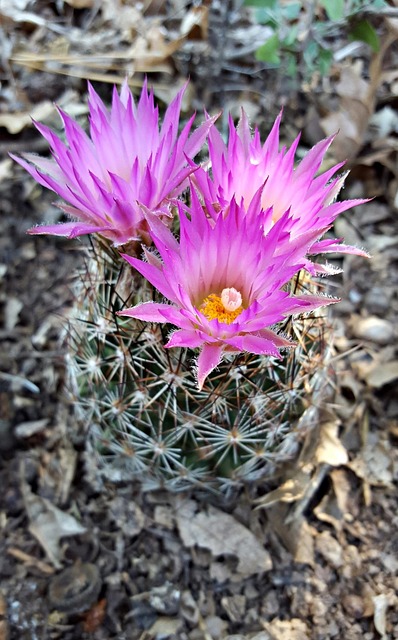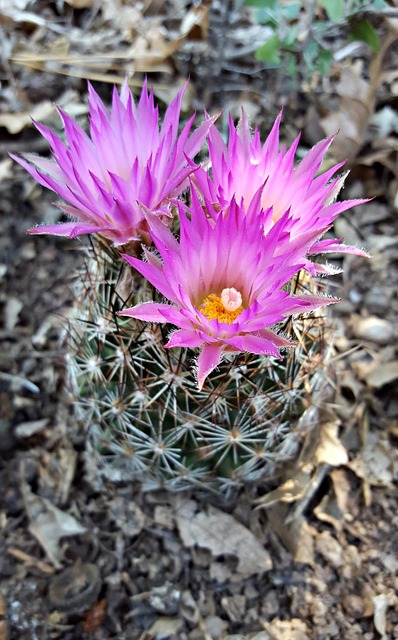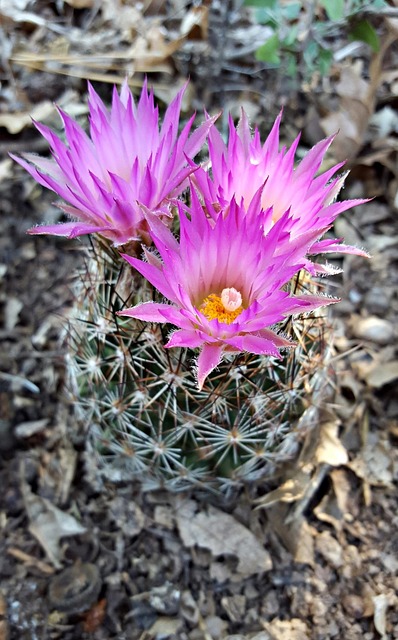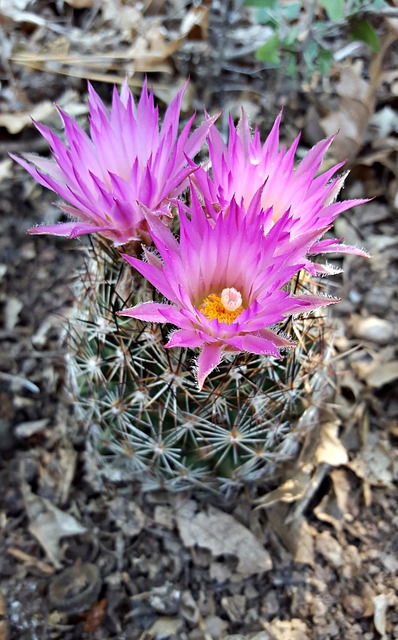Hillside communities with colorful architecture have transformed landscapes into vibrant tapestries, boosting real estate desirability and property values. Once overlooked, these areas now attract buyers seeking immersive lifestyles that blend creativity, harmony, and nature. Architects face challenges in designing sustainable, community-integrated homes on steep hills, but incorporate local materials and harmonious design for minimal environmental impact. Efficient floor plans maximize natural light and ventilation while communal spaces foster community integration.
“Colorful architecture lines steep hills, offering more than just a visual feast. This unique urban phenomenon not only enhances the landscape but also significantly influences local real estate markets. From aesthetic appeal to sustainable design, understanding these vibrant communities provides valuable insights for developers and homeowners alike.
Explore how colorful hillside architecture impacts property values, creates dynamic micro-communities, and presents innovative designing solutions that prioritize both aesthetics and environmental stewardship in this comprehensive guide.”
Understanding Colorful Architecture's Appeal in Hillside Communities
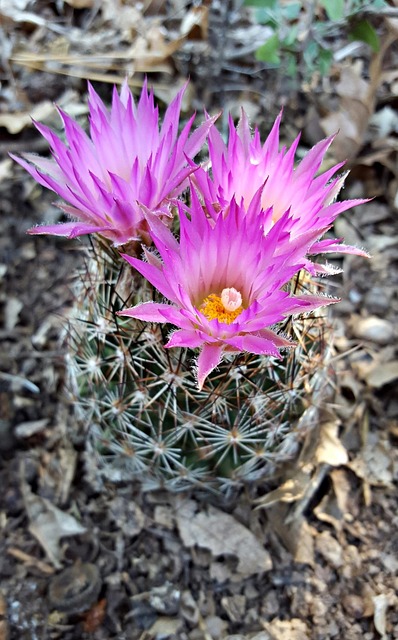
In hillside communities, colorful architecture stands out as a captivating visual treat that enhances the overall aesthetic appeal of the region. This unique design element has become a significant draw for both residents and tourists alike, contributing to the vibrancy and desirability of real estate in such areas. The attractiveness lies not only in the eye-catching colors but also in how they harmonize with the natural terrain, creating a stunning contrast that elevates the overall landscape.
The appeal transcends mere aesthetics; colorful buildings offer a sense of community and individuality. They can reflect the area’s cultural heritage or represent a modern, artistic vision, fostering a distinct identity for each neighborhood. This visual diversity encourages exploration and discovery, making everyday experiences more engaging. For real estate enthusiasts, properties in these vibrant hillside communities are often sought after, as they offer not just a place to live but an immersive lifestyle that celebrates creativity and harmony with nature.
The Impact on Real Estate Market: Trends and Property Values
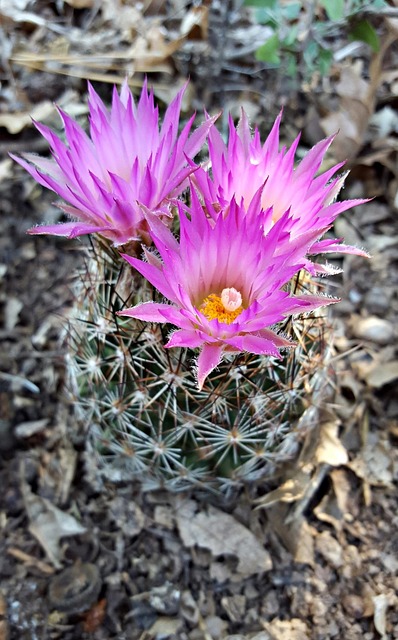
The unique architectural landscape of colorful buildings adorning steep hillsides has a profound impact on the local real estate market. This captivating visual appeal draws buyers and investors alike, creating a thriving environment for property values to soar. The trend towards vibrant, distinctive design choices enhances the overall attractiveness of areas known for their hilly terrain, once considered less desirable. As a result, nearby properties often experience significant price increases due to the growing demand for these aesthetically pleasing neighborhoods.
Real estate agents and developers have taken note of this shift in consumer preferences, prompting a surge in projects that incorporate colorful architecture into hill-facing sites. This strategy not only maximizes the natural beauty of the location but also generates substantial returns on investment. Homebuyers are increasingly seeking properties that offer both aesthetic value and a connection to the outdoors, driving the market towards innovative design solutions and elevated property values.
Designing for Sustainability and Community Integration on Steep Terrain
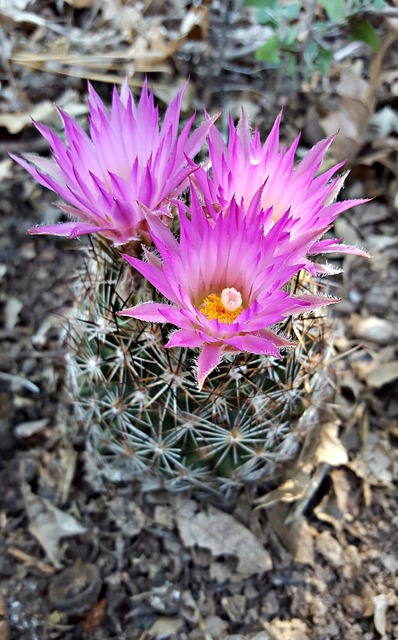
When designing architectural spaces on steep hills, sustainability and community integration become unique challenges that demand creative solutions. In the realm of real estate, these slopes present both obstacles and opportunities for innovative construction techniques. Architects must consider the environmental impact of their choices, especially in areas with limited flat space. One approach is to embrace the terrain rather than fighting it, using local materials and designing structures that blend harmoniously with the natural landscape. This strategy not only reduces the ecological footprint but also creates a unique sense of place for residents.
Community integration can be enhanced by incorporating communal spaces that take advantage of the hill’s topography. Outdoor gathering areas, gardens, and shared amenities strategically placed on the slope can foster social connections and a stronger community bond. Additionally, designing homes with efficient floor plans that maximize natural light and ventilation can contribute to energy conservation, making these steep-hill residences both aesthetically pleasing and environmentally friendly.
